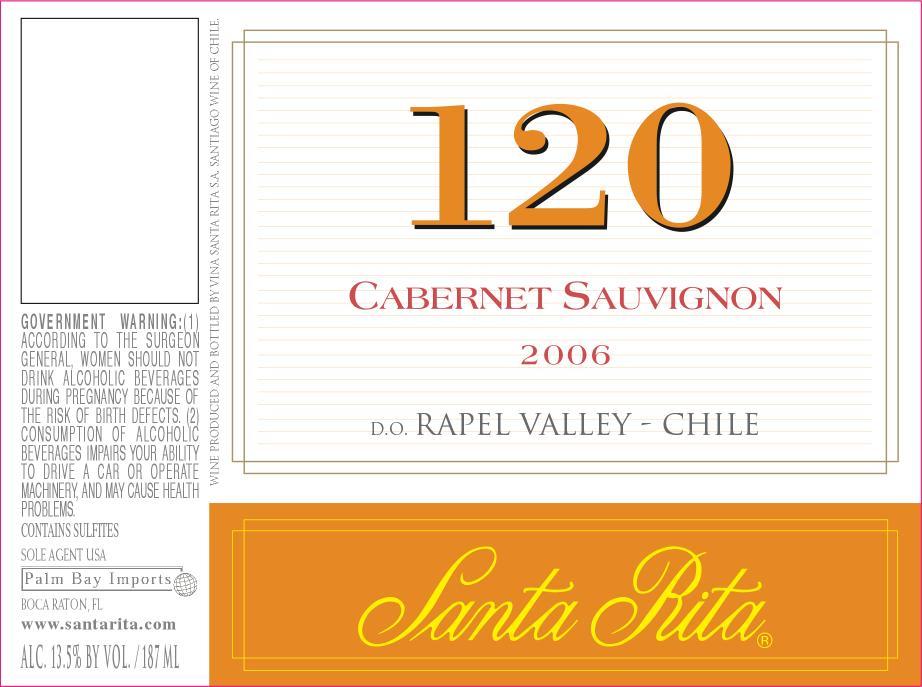2006 Rapel Valley Cabernet Sauvignon
The 2006 Santa Rita 120 Cabernet Sauvignon from the renowned Rapel Valley offers a delightful expression of Chilean winemaking. This red wine showcases a full-bodied character that envelops the palate with its robust flavors and delightful complexity. The acidity is bright and lively, enhancing the overall freshness of the wine, while the tannins provide a firm backbone that supports its structure. With pronounced fruit intensity, one can expect rich notes of dark berries and cherries, complemented by hints of spices and a touch of oak. As a dry wine, it pairs wonderfully with hearty dishes, making it a versatile choice for any occasion. The Santa Rita 120 invites wine lovers to explore the vibrant terroir of the Rapel Valley and enjoy a taste of its vintage charm.
The 2006 Santa Rita 120 Cabernet Sauvignon from the renowned Rapel Valley offers a delightful expression of Chilean winemaking. This red wine showcases a full-bodied character that envelops the palate with its robust flavors and delightful complexity. The acidity is bright and lively, enhancing the overall freshness of the wine, while the tannins provide a firm backbone that supports its structure. With pronounced fruit intensity, one can expect rich notes of dark berries and cherries, complemented by hints of spices and a touch of oak. As a dry wine, it pairs wonderfully with hearty dishes, making it a versatile choice for any occasion. The Santa Rita 120 invites wine lovers to explore the vibrant terroir of the Rapel Valley and enjoy a taste of its vintage charm.




